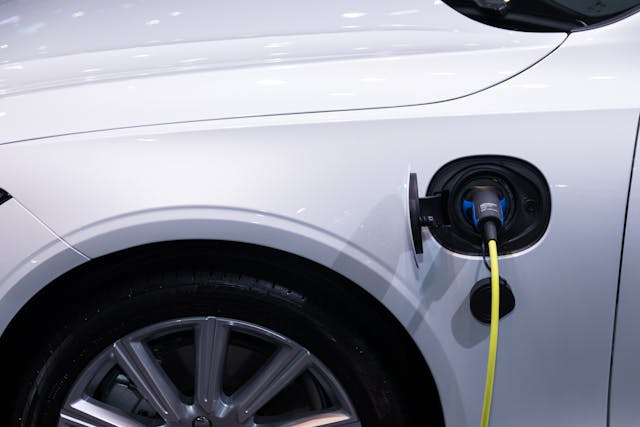Electric Vehicles in 2025: What’s Next After the EV Boom?
Electric vehicles (EVs) have taken the world by storm over the past decade. More people are choosing EVs for their eco-friendly benefits and lower running costs. As we move through 2025, the EV market is evolving beyond just growth. So, what’s next after the EV boom? Let’s explore the key trends shaping the future of electric vehicles.

Improved Battery Technology
One of the biggest challenges for EVs has been battery life and charging time. In 2025, new battery technologies like solid-state batteries promise longer range, faster charging, and better safety.
These improvements will make EVs even more practical and appealing, helping to reduce “range anxiety” — the fear of running out of battery on the road.
More Affordable Models
As production scales up and technology improves, EV prices are coming down. In 2025, expect to see more affordable electric cars hitting the market, making EVs accessible to a wider range of people.
Governments and manufacturers are also offering incentives and financing options to encourage adoption.
Expanding Charging Infrastructure
A strong network of charging stations is critical for EV adoption. In 2025, charging infrastructure is growing rapidly, with more fast chargers appearing along highways, in cities, and at workplaces.
Wireless and ultra-fast charging technologies are also in development, aiming to make charging as easy as filling up a gas tank.
Integration with Renewable Energy
More EV owners are pairing their vehicles with renewable energy sources like solar panels. This helps reduce overall carbon footprints and can even lower energy costs.
Smart charging systems allow EVs to charge when electricity is cheapest or when renewable energy supply is high, making the entire system more efficient.
Autonomous and Connected Features
Many new EVs come with advanced driver-assistance systems or even full self-driving capabilities. These features improve safety, reduce accidents, and make driving more convenient.
In 2025, expect deeper integration between EVs and smart cities, where vehicles communicate with traffic systems and other cars for smoother traffic flow.
Diverse Electric Vehicles Beyond Cars
Electric technology isn’t limited to passenger cars. Electric bikes, scooters, buses, trucks, and even planes are growing in popularity.
This diversification helps reduce emissions across transportation sectors and makes electric mobility an option for more people and businesses.

Final Thoughts
The electric vehicle boom was just the beginning. In 2025, the focus shifts to making EVs more practical, affordable, and connected than ever before.
With advances in battery tech, charging infrastructure, and smart features, electric vehicles are set to become a normal part of everyday life. This shift won’t just change how we drive—it will reshape our cities, energy systems, and the fight against climate change.
The road ahead for EVs looks bright, and 2025 is just the start of a new chapter in clean transportation.












